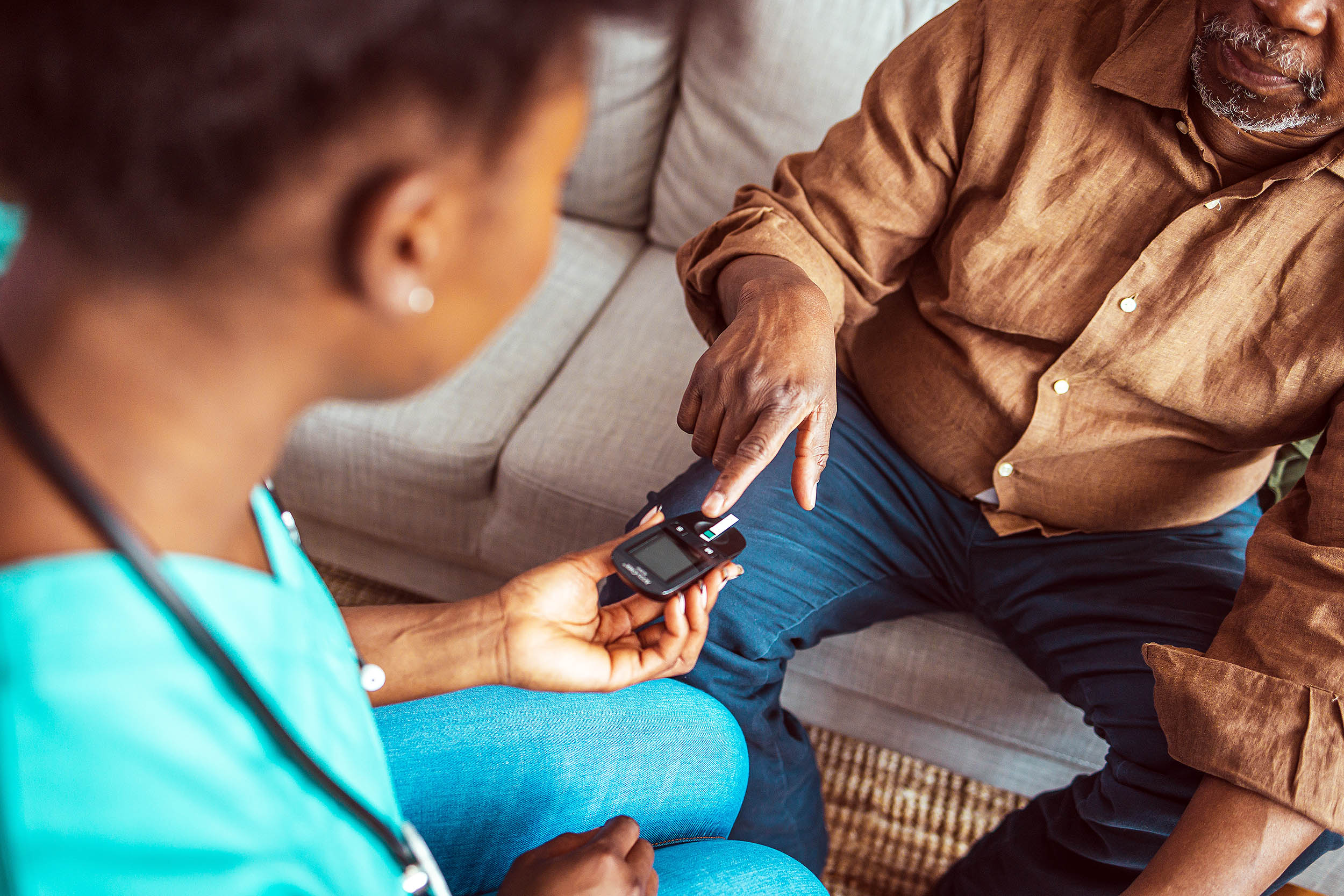Type 1 diabetes, as most textbooks tell it, shows up early, marches in with unmistakable warning signs, and never goes away. A single drop in daily insulin can mean trouble.
That story has shaped treatment for nearly a century, and in many places, it works. Yet most of the data behind that story comes from Europe and North America. What if a different chapter has been unfolding elsewhere all along?
In clinics across sub-Saharan Africa, nurses have long whispered to visiting researchers that some young patients labeled “type 1” seemed to hold on without insulin for weeks, even months.
The hunch was hard to test – supplies are scarce, and lab work can be expensive – but the anecdotes kept piling up. Those whispers have now turned into evidence, and the findings are shaking up what we thought we knew about diabetes.
Surprising African clinic data
Nearly 900 children, teens, and young adults in Cameroon, Uganda, and South Africa joined a project called the Young-Onset Diabetes in Sub-Saharan Africa (YODA) study.
Blood samples, genetic scans, and clinical histories poured in. The results, published in The Lancet Diabetes & Endocrinology, were striking.
About 65 percent of participants lacked the autoimmune fingerprints that define classic type 1 diabetes, and the usual high-risk immune genes were missing as well.
Only 8.5 percent carried more than one diabetes-related autoantibody, a stark contrast to the roughly 90 percent seen within months of diagnosis in Western cohorts.
Redefining the diabetes diagnosis
Instead of the immune system destroying insulin-making cells, this new subtype looks like something else altogether – an insulin-deficient illness that has not yet revealed its trigger.
It sits outside type 2 diabetes, which is tied to insulin resistance, and it doesn’t match malnutrition-related diabetes either. Clinicians had their suspicions; now the data back them up.
“These new research findings confirm our long-standing suspicion. We have always wondered why many young people diagnosed with type 1 diabetes manage to survive without insulin, at least for some time, which would be unusual in typical type 1 diabetes,” said Dr Jean-Claude Katte of the University of Exeter.
Types of diabetes
The YODA team compared African participants with more than 3,000 children and adolescents from the U.S. SEARCH for Diabetes in Youth study.
The novel pattern emerged in a small group of Black American children and was absent in White participants. That split hints at a mix of ancestral roots and environmental factors. It also rules out simple lab error.
Every sample was tested with assays calibrated for African populations, and the same pattern appeared across three countries with different diets, infections, and climates.
“These findings are a wake-up call. They challenge our assumptions about type 1 diabetes and show that the disease may present differently in African children and adolescents,” said Professor Moffat Nyirenda, who directs the MRC/UVRI–LSHTM Uganda Research Unit.
“We urgently need to deepen our investigations into the biological and environmental factors driving this form of diabetes and ensure our diagnostic and treatment approaches are fit for purpose in African settings.”
Dr Katte added, “Our next step is to investigate possible causes – ranging from infections and nutritional factors to environmental toxins. If we can find the cause, we may be able to prevent new cases and find new treatments.”
Professor Eugene Sobngwi of Cameroon’s Ministry of Public Health put it bluntly, saying, “We must invest in context-specific research. If we don’t, we risk misdiagnosing and mistreating millions of people.”
What this means globally
Roughly nine million people worldwide live with type 1 diabetes. If two out of every three young patients in parts of Africa actually have a different disease, the global numbers – and the research priorities that follow – need a hard look.
Mislabeling matters. Classic type 1 patients need lifelong insulin from day one; those with the new subtype may respond to therapies that protect or boost their still-working beta cells.
Catching that difference could spare families the cost and risk of unnecessary high-dose insulin while steering researchers toward fresh prevention strategies.
Diagnosing diabetes type
The study leaves open questions. Autoantibodies can fade, so testing closer to the time of diagnosis could capture more detail.
In addition, teasing apart infections, dietary patterns, and possible toxins will take careful fieldwork and, just as importantly, local funding.
Yet the path is clear: broaden the research lens, update diagnostic manuals, and train healthcare teams to spot red flags – such as a young patient who stays stable on surprisingly little insulin.
The YODA data show that those cases are not rare outliers; they are part of a hidden majority in several African settings.
Diabetes textbooks will need an update, but the bigger story is about equity in science. Decades of work built on narrow datasets can miss whole chapters of human biology. Broadening the map doesn’t just help the regions being studied; it fine-tunes medicine for all.
The full study was published in the journal The Lancet Diabetes & Endocrinology.
—–
Like what you read? Subscribe to our newsletter for engaging articles, exclusive content, and the latest updates.
Check us out on EarthSnap, a free app brought to you by Eric Ralls and Earth.com.
—–
